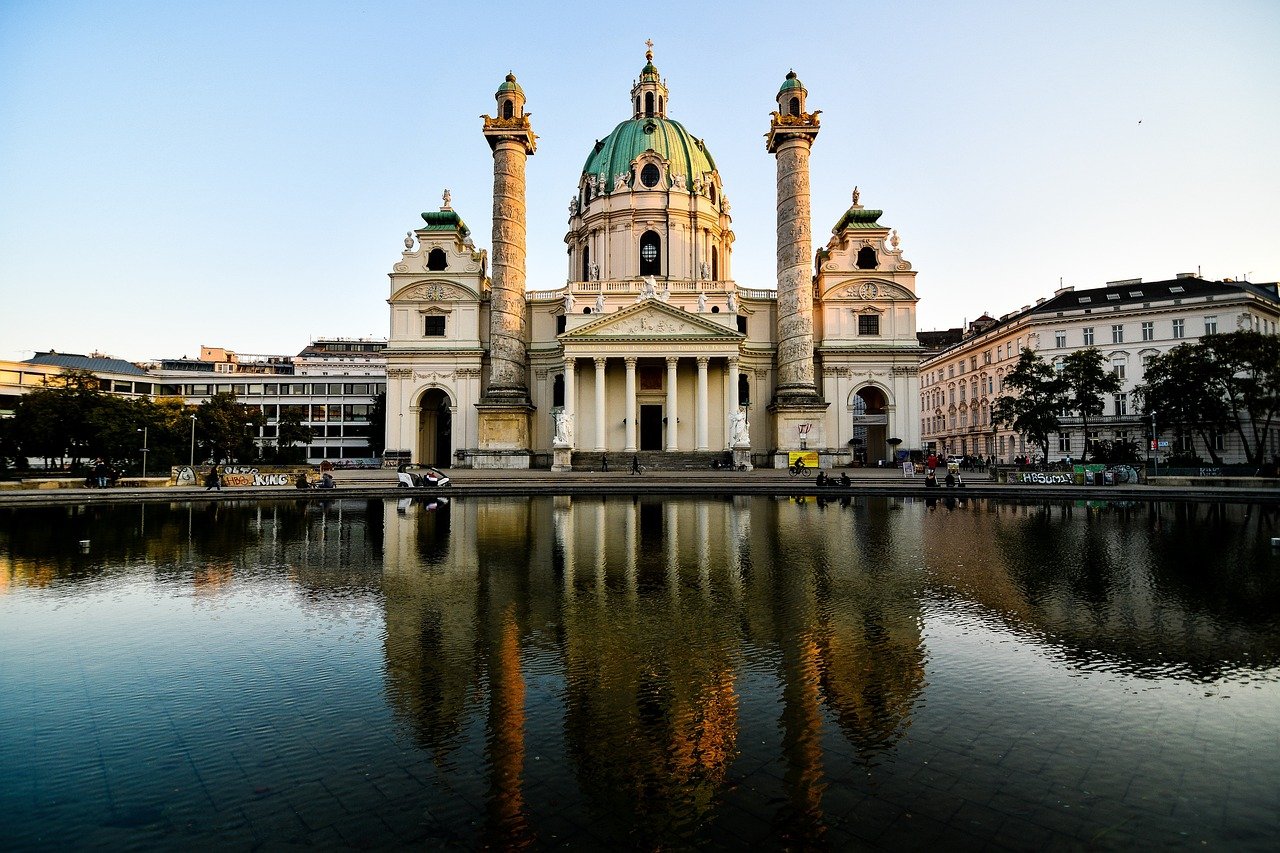From Frida Kahlo to Lee Krasner and Rebecca Horn, discover 13 modern and contemporary female artists who have left a lasting mark on the art world.
What better way to celebrate International Women’s Day on March 8 than to pay tribute to the great female artists who have left decorated our cultural canvas.
From avant-garde authors to prolific painters, read on to discover these female artists from the 20th century who changed art history forever:
1. Frida Kahlo (1907 – 1954)
Frida Kahlo is undoubtedly one of the most famous modern artists of all time. The Mexican painter is celebrated as a feminist icon and has left a lasting mark on the art world as well as pop culture. Her life was short, but intense. Her experiences, especially her suffering, were the source of inspiration for most of her works, in which she captures both her passion and pain. Kahlo’s paintings, many of which are self-portraits, are easily distinguishable from the use of colors to express her emotions. With more than 4.9 million mentions in 2023, Kahlo is also the most Instagrammed female artist of all time.
2. Yayoi Kusama (1929)
A pioneer of feminist art, pop art and minimalism, Yayoi Kusama is said to have been an influence on Andy Warhol, Damien Hirst and many others. The avant-garde artist brought her visions into the world of painting, sculpture, installations and performances. Kusama, who is passionate about polka dots, is recognized internationally and has received numerous awards at home in Japan and abroad. Her works can be admired at the Yayoi Kusama Museum in Tokyo.
3. Louise Bourgeois (1911 – 2010)
The French-American artist is known for her large-scale sculptures and installations. Over the course of her long career, she explored a variety of themes, including domestic life and family, sexuality and the body, as well as death and the subconscious. She became a well-known figure of feminism in the 1970s. One of her most recognized works, Maman, a 30-foot-tall giant spider sculpture, is part of the Guggenheim Museum Bilbao collection.
4. Georgia O’Keeffe (1887 – 1986)
Considered the “Mother of American Modernism,” O’Keeffe’s work falls under the artistic movement known as Precisionism, a style characterized by the attention to detail and precision in one’s paintings. The artist was admired for her distinct individualism and is best known for her paintings of flowers and skyscrapers (the latter were previously painted only by men). Among her many accolades is that she was the first woman artist to receive a retrospective at the MoMA in 1946.
5. Marina Abramović (1946)
The self-proclaimed “grandmother of performance” has become an artistic and feminist reference point since the beginning of her career in the 1970s. In all her creations, the Serbian artist explores the limits of her own body and the relationship with the audience. Some of her performances, such as Rhythm 0 or The Artist Is Present, have millions of views on YouTube and other social networks.
6. Tracey Emin (1963)
The British conceptual artist is known for her provocative autobiographical works, in which she reveals extremely intimate details. Two of her best-known and most acclaimed works are Everyone I Have Ever Slept With and My Bed. The latter exhibited at the Tate Gallery in London in 1999, and was auctioned for £2.2 million in 2014. In addition to installations, the artist also excels in other fields, such as sculpture, drawings, and photography.
7. Niki de Saint Phalle (1930 – 2002)
The most famous works by the French-American painter and sculptor are undoubtedly the Nana figures: sculptures depicting colorful, voluptuous female figures with oversized sexual features. The term “Nana” comes from French and represents a modern, self-confident and erotic woman. In the mid-60s, Niki de Saint Phalle anticipated the spreading women’s movement with her slogan “All power to the Nanas”. Her work can be admired along the Sculpture Mile in Hanover, the Museum of Modern Art in Nice, among other places.
8. Cindy Sherman (1954)
Although the American artist began her college studies majoring in painting, she quickly made the change to photography. Cindy Sherman became best known for her photographic self-portraits and self-dramas in which she often alters her image with makeup, wigs or costumes to create new characters. Through her work, Sherman seeks to question the influence of the media on our individual and collective identities. Her most famous series, Untitled Film Stills, was purchased by the Museum of Modern Art in New York in 1995 for $1 million.
9. Barbara Kruger (1945)
The renowned American conceptual artist experimented with textile techniques in her early years, but today she is now best known for her photographic works. Kruger’s works can be admired not only in museums and galleries, but also on billboards, train stations, and other public spaces. Her black-and-white photographs, usually with political or social messages written in white letters on a red background, are taking Instagram by storm.
10. Jenny Holzer (1950)
The use of text and public space as exhibition space are the main characteristics of this American conceptual artist. In her works, Jenny Holzer often addresses social issues and problems such as politics, war, sex, feminism and power structures. One of her best-known creations is the so-called “Truisms,” a series of short, concise statements that were placed in the form of anonymous posters on buildings, walls and fences in Lower Manhattan in the late 1970s. She later distributed them via LED light strips, benches, stickers, T-shirts, as well as through the Internet and other media.
11. Lee Krasner (1908-1984)
One of the most famous American avant-garde artists. Krasner pursued her art career academically, following a rigid education, specializing in a technical approach. However, in the 1930s she embraced avant-garde after discovering Abstract Expressionism, becoming one of the leading representatives of this artistic movement. Krasner adopted the metaphor “liberation of the sign” for the benefit of the feminist cause. She became an icon in the seventies, in part because of the turbulent relationship with her husband Jackson Pollock, who was also an Abstract Expressionist artist. Nature played a fundamental role in her works, where the figure of the woman was placed, although silent, as a fundamental agent of balance. Her most famous works include Prophecy (1956), Icarus (1964), and Night Creatures (1965).
12. Bridget Louise Riley (1931)
This famous English painter was among the founders of Op Art, an abstract art movement that plays with optical illusions. Her works are so coveted that they reach truly exorbitant prices. In 2008, in fact, her painting Chant 2 sold for $5.1 million, making it one of the most expensive paintings by living artists in the world. The artist is best known for her black and white works, her extensive use of geometric figures and the sense of movement in her paintings. Some of her works can be seen at the Peggy Guggenheim Collection in Venice and MoMa in New York.
13. Rebecca Horn (1944)
This German sculptor, director and performance artist has achieved international fame over the years. Her distinctive feature is the bodily extensions she uses during her performances. Among her most famous works are Einhorn (Unicorn), a work of body extension used during a performance by a woman walking in the countryside, and Finger Gloves, gloves with very long finger extensions. In Italy the artist has created two famous site-specific works in Piazza del Plebiscito in Naples and around the Church S. Maria al Monte dei Cappuccini in Turin.

